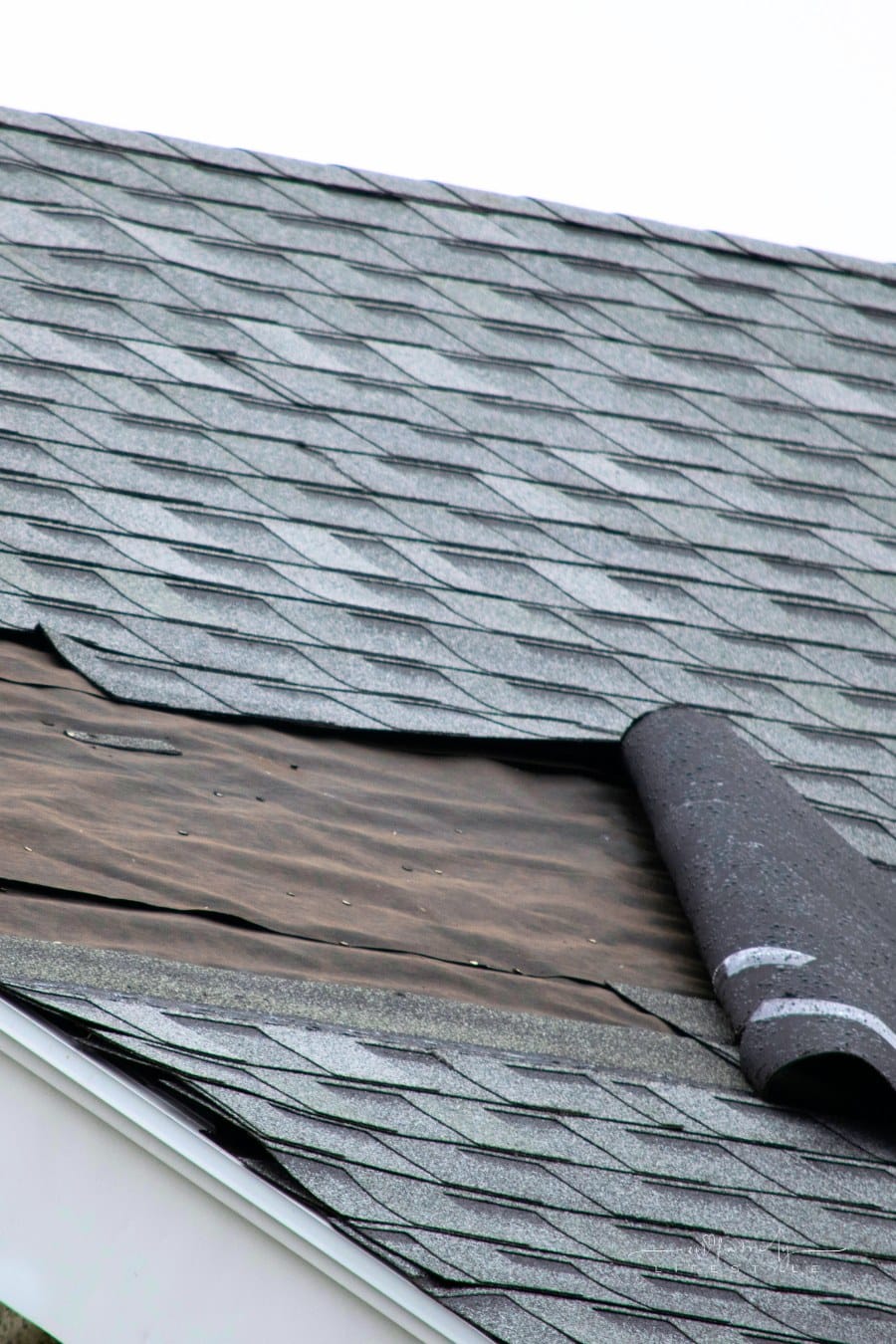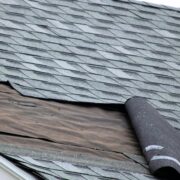How to Spot Early Signs of Roof Damage and Prevent Costly Repairs
As a homeowner, you know how important it is to protect your investment and keep your property in top shape.
One of the most critical elements of this maintenance is inspecting and maintaining your roof, but that can be tricky since roofs are out of sight and out of mind until there’s an emergency.
If caught early enough, potential problems with your roof can be identified before they become expensive repairs.
To help ensure that you are always one step ahead when it comes to the health of your home’s roofing system, here are some ways to spot the early signs of damage or wear on a regular basis so you will know what repair or replacement might be needed in order to prevent costly issues down the road.

Warning Signs You Shouldn’t Ignore
Paying attention to the warning signs of roof damage could save you a lot of money and headaches. It’s important to keep an eye out for telltale signs like shingles with granule loss, curling or buckling, increased energy bills, or missing shingles.
Also, check for moss or algae growth which may cause rot and decay. If you spot any of these signs, it’s time to address the problem before it turns costly.
A yearly inspection from a licensed and trusted professional will go a long way in identifying small issues before they become bigger ones.
Keep in mind that repairing your roof at the first sign of trouble will significantly extend its lifespan—and that means more bang for your buck!
How to Take Action Before It’s Too Late
Taking action to prevent costly roof repairs doesn’t have to be complicated. As the team from EAS Roofing explains, the key is getting a professional inspection every now and then and using your eyes as well.
If you can spot the early signs of damage – like small cracks in shingles or tiles, rusting tracks for sliding doors, or damp patches throughout your home – don’t wait for an emergency before scheduling a repair.
For serious issues like these, the longer you wait, the more expensive it can become. No matter what, just remember that preventing problems before they arise is often times cheaper than having to pay for a rushed fix.
By taking action early and inspecting your roof regularly thereafter, you may be able to save big in the long run.
Where to Start When Inspecting Your Roof
The most important aspect of inspecting your roof for damage is knowing where to start.
Before diving into the nitty-gritty, you should take a step back and look at the bigger picture: Are there any loose or missing shingles? Any darkened areas that weren’t there before? Is the flashing seemingly fine or in need of urgent repair?
Plus, how are the gutters behaving in this stormy weather — do they appear to be overflowing with debris? These larger observations can provide you with a good starting point as you assess the situation up close.
Look around and inspect every inch, note any signs of damage, and try to at least identify key areas that need more attention, such as sagging corners of the rooftop.
If possible, get a pair of binoculars so that from ground level you can have an overall sense of what requires attention near your eaves and gables!
Simple DIY Repairs vs. Professional Help
Not all roof damage requires a professional to fix. Some minor, surface-level damage is often repairable with basic DIY methods.
However, in cases where it becomes difficult to assess the damage or deeper problems are suspected, calling a professional should be done without hesitation.
Remember – an ounce of prevention is worth a pound of cure when it comes to roof repairs – and if left untreated, small issues can quickly become big (and expensive!) problems.
Don’t be afraid to call in an expert if you need help — after all, no one wants a leaking roof!
Taking care of your roof is essential for maintaining the structure and condition of your home. Before jumping into costly repairs, however, be sure to understand the basics of roof maintenance and spot signs of potential damages.
Proactive measures like regular inspections can go a long way in helping you spot signs of damage earlier and help prevent more costly repairs down the line.
With the right maintenance, you can ensure that your roof will be able to weather whatever Mother Nature throws its way.


